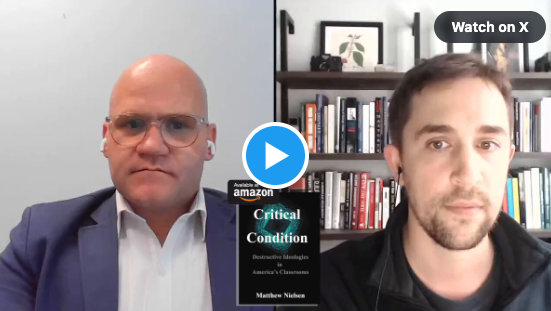
by Justin Olson
As Adam Smith famously quipped in The Wealth of Nations: “There is no art which one government sooner learns of another than that of draining money from the pockets of the people” (Smith, 929).
The authority to tax is an extraordinary power uniquely available to governmental entities. While nobody enjoys paying taxes, for most of us the practice is so commonplace that we sometimes overlook just how ominous this power can be if left unchecked.
In 1819, Daniel Webster succinctly described the magnitude of this power in his arguments before the U.S. Supreme Court: “An unlimited power to tax involves, necessarily, a power to destroy.”
A unanimous court agreed. In a landmark ruling, Chief Justice John Marshall wrote: “That the power to tax involves the power to destroy…[is a proposition] not to be denied.”
The potentially destructive power of taxation has lead voters to place many limits on governmental entities to check this formidable authority.
For example, voters have enacted ballot measures to limit the growth of taxes. Colorado voters enacted the Taxpayer Bill of Rights to restrict the increase in state revenue to the growth in population and inflation. California voters adopted Proposition 13 to limit property taxes to 1% of a property’s sales price with levy increases of no more than 2% each year. In Arizona, voters enacted Proposition 108 to require a supermajority vote of the state legislature before a tax increase can be enacted. And the list goes on.
At the ballot box, voters have clearly recognized the need to limit this uniquely governmental power that, unchecked, can destroy.
Through their elected representatives, citizens have enacted additional safeguards and oversights to prevent abuses of government’s power to tax. Such measures, including procurement codes and processes, are appropriately put in place and determined by the owners of all entities. Since the owners of governmental entities are the citizens of the government’s jurisdictions, their representatives appropriately determine the needed codes for public entities.
Recently, some have argued that the owners of charter schools should be subject to the same procurement codes as publically owned entities since these codes apply to their school district counterparts. This position ignores the very different ownership structures between these two very different types of entities.
School districts are publically owned government entities that exercise this tremendous power to tax. Districts levy property taxes on all homeowners whose property resides within their boundaries. Property taxes are levied for the general budget, for budget overrides and for debt service payments on the debt instruments the districts sell which are backed by the full faith and credit of each taxpayer. These school district bonds raise millions of dollars and fund extensive capital projects, such as, school buildings and athletic facilities.
School board members, representing their constituents, wield a tremendous power that can ultimately lead to the foreclosure and eviction of citizens from their homes if any owner cannot pay the levied property taxes. Additionally, like many large organizations, the managers of a school district do not operate under close supervision of its public owners. These circumstances require the owners to establish extensive protocols to prevent abuses of the significant authority the public has delegated to these governmental entities.
The owners of charter schools, in contrast, are private entities that do not possess this extraordinary power to tax. A charter school cannot encumber your property with debt to fund extensive capital expenditures nor cause the foreclosure of your home. The public has delegated none of these governmental powers to these private entities that own charters. The authority delegated to the charter owner is that of offering publically available education to parents who choose to send their kids to the school.
Under this very different model, the parents in each family are empowered with appropriate oversight over every dollar that the charter owner will or will not receive to educate their students. Parents determine whether the services received are the appropriate educational services for their students, and, accordingly, vote with their feet. Charters that meet families’ educational needs enroll students and produce successful charter schools while those that do not cease to be a going concern.
These key differences—governmental entities with extraordinary powers vis-à-vis private entities that rise and fall on their own merit—explain why the public owners of the government institutions establish the procurement processes for their districts while the owners of the privately held charters establish those for their organizations.
______________________
Non-linked reference:
Smith, Adam and Cannan, Edwin. 1994: The Wealth of Nations. New York: Random House.


